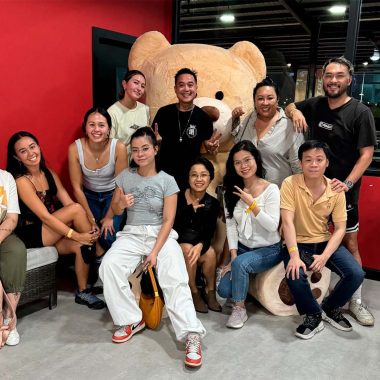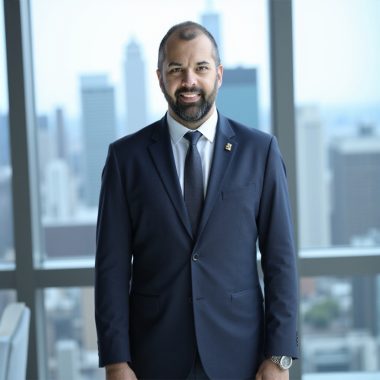Companies worldwide struggle with outdated development processes that slow innovation and frustrate teams. The transition from traditional waterfall methodologies to agile frameworks promises faster delivery and better outcomes, yet many organizations find themselves stuck in familiar patterns. Katherine Ajk brings unique insights to this challenge, having witnessed firsthand how misaligned requirements and lengthy development cycles can often create costly delays. Her experience bridging business needs with technical execution offers practical guidance for leaders navigating this critical transformation.
Bridging the Gap Between Business Needs and Technical Delivery
The problem starts with a simple miscommunication that snowballs into months of wasted effort. A business team explains what they need, IT translates those requirements into technical specifications, developers build the solution, and somehow the final product misses the mark entirely. Katherine has watched this scenario play out countless times throughout her career. Making the transition from marketing into technology gave Katherine a front-row seat to these breakdowns. “What I often saw was a mismatch of what the business requirements were and what the business end users needed versus what and how long it took for IT to deliver,” she recalls. This observation led to her role at Cisco, where she became the translator between business stakeholders and development teams.
The challenge goes beyond simple miscommunication. “It’s the telephone game. You start with one thing and all of a sudden, by the time it gets to the developer, the requirements and the story has changed completely” she says. By the time a solution gets built, the original business need might have evolved or disappeared entirely. This becomes especially problematic in rapidly changing business environments. “Things in life change so quickly and our needs today aren’t necessarily the needs for tomorrow, let alone something in two years,” Katherine points out. Companies often find themselves in analysis paralysis, taking so long to assess and plan that opportunities slip away before solutions can be delivered.
Resisting Change Despite Knowing Better
Even when organizations understand agile methodologies work better, teams still resist making the switch. Katherine’s explanation cuts right to the heart of human nature. “Change is hard. We know that we should not eat burgers and fries every day and we know that we should do at least 30 minutes of cardio a day, five to seven days a week. But we don’t do it because change is hard and a habit is hard.” Teams get caught up in immediate pressures and deadlines. When you’re already struggling to deliver on current commitments, learning new processes feels like an impossible luxury. “It’s faster in the short term to do what you’ve been doing for umpteen years,” Katherine notes. Fear compounds this resistance, as people wonder why they should abandon methods that seem to work.
Perhaps most frustrating is the superficial adoption many companies attempt. “People often will use buzzwords and think, well, we’re agile. Or they might use a tool like Jira. They’re like, well, we’re agile. No, those are just tools and those are just words,” Katherine explains. Real transformation requires changing how people actually work and think, not just switching software or using different terminology.
Three Essential Steps for Successful Transition
Katherine’s approach centers on three key actions that address both technical and human aspects of transformation.
Define Clear Goals and Value Propositions
Teams need to understand exactly what they’ll gain from changing their processes. Vague promises about “better outcomes” won’t sustain people through the inevitable challenges of learning new ways of working. Katherine emphasizes being “very intentional and specific about the goal and the value that you’re going to get out of it.” Without concrete benefits that resonate with daily work experiences, transformation efforts typically stall when teams face their first major obstacles or competing priorities.
Build Robust Change Management Strategy
Successful transitions require constant communication throughout the process. “You need to tell people what you’re going to do, how you’re going to get there and how you’re doing against that goal,” Katherine emphasizes. This means engaging stakeholders continuously, not just announcing the change and hoping for the best. Teams need regular updates on progress, clear explanations of what’s changing, and ongoing support as they adapt to new processes and ways of thinking.
Create a Structured Transformation Plan
This might seem contradictory to agile principles, but Katherine explains the necessity: “Even though we move from waterfall to agile, you need a plan on how you’re going to help transform.” This plan focuses on helping people adapt rather than rigid timelines or deliverables. Leadership behavior becomes critical here, as leaders who interrupt processes or demand immediate changes undermine the entire effort, regardless of their stated support for agile methodologies.
Leveraging AI Without Losing Human Touch
As artificial intelligence reshapes software development, Katherine sees opportunity rather than displacement. Simple coding tasks can be automated, and AI handles routine administrative work like note-taking and meeting summaries. But this doesn’t eliminate the need for human expertise. “However smart a search engine or an AI agent becomes, it will never replace a human,” Katherine states confidently. Project managers, for example, bring much more than scheduling and documentation skills. “A project manager’s skill set is not about taking notes and it’s not about scheduling meetings. That is part of the scope, but it’s really connecting all of the dots and getting everyone in line.” Same goes for Scrum Masters and Product Owners.
Even in remote work environments, human connection remains essential for successful agile implementation. Katherine points out that video conferencing tools evolved for good reason: “It’s that human connection.” Teams can maintain the collaborative spirit of agile methodologies without being physically co-located, but they need to be intentional about maintaining those relationships. The key lies in understanding how to use AI as a tool while focusing human energy on strategic thinking and relationship building. Katherine suggests using automation for time-consuming tasks that add little value, freeing people to focus on “what the world needs, what the company needs. What is that next product to the product line.”
Connect with Katherine Ajk on LinkedIn to learn more about bridging business and technology for successful agile transformations.








